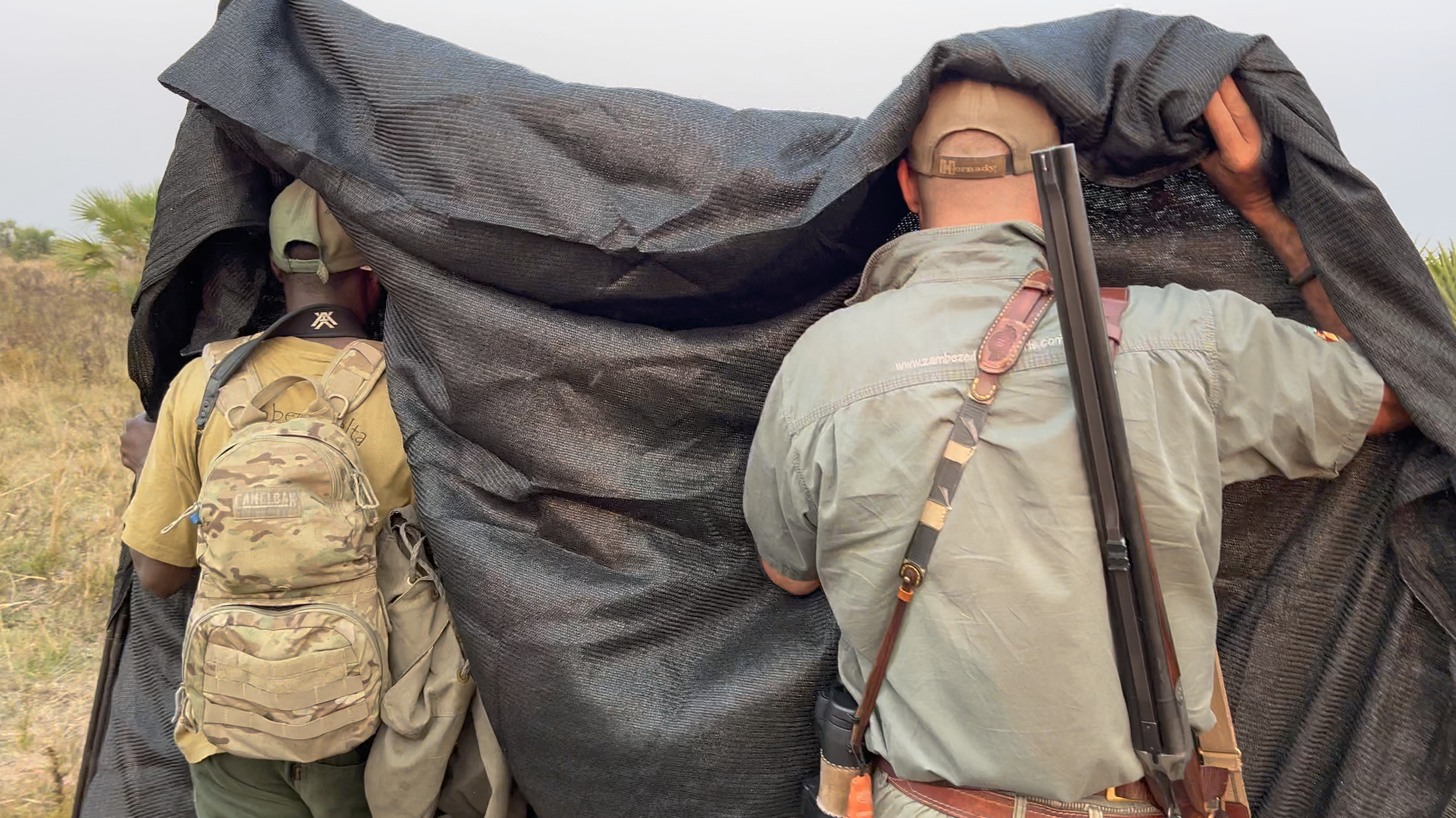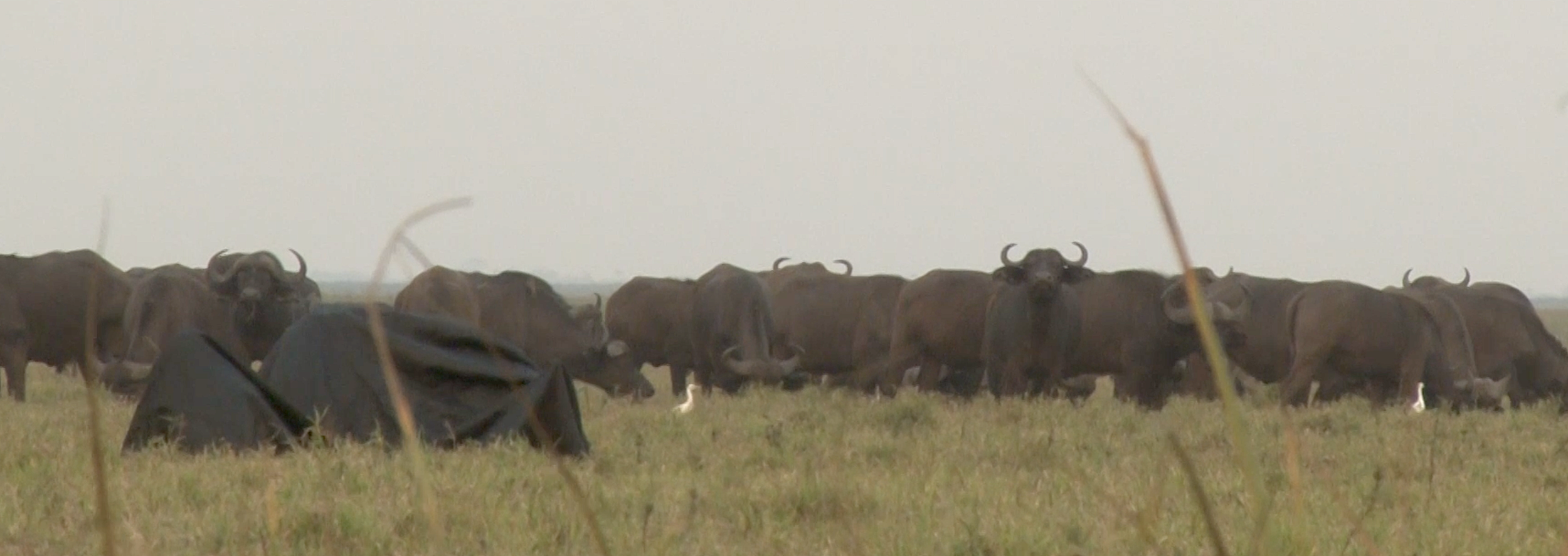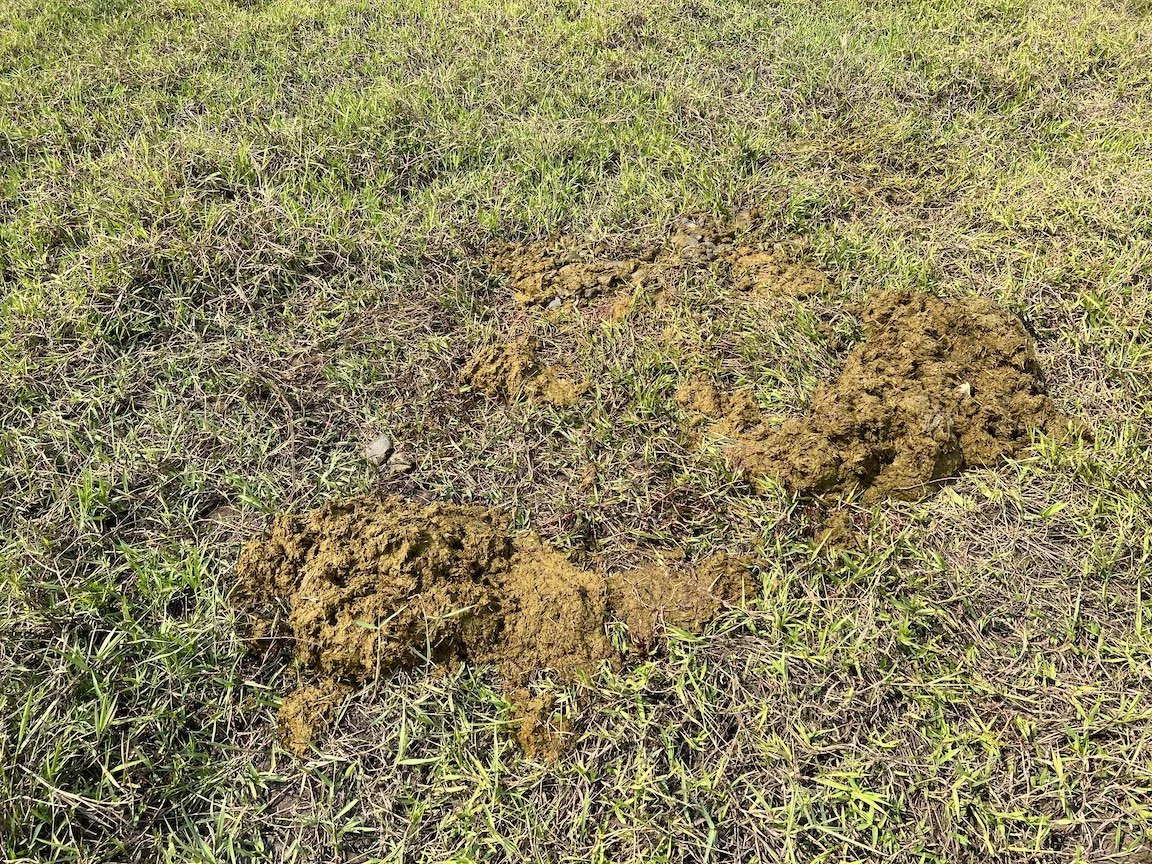Cape Buffalo Hunt, ZambezeDeltaSafaris
Because many of you have asked for an account of last September’s Cape buffalo hunt in Mozambique, here it is. We hunted with @ZambezeDeltaSafaris, a superb outfit that not only “gets you your game,” but has dramatically improved the lives of local people while impressively increasing wildlife numbers across the board.
Before I touch upon the incredible density of big game animals in this 500,000-acre hunting block, let me detail our tools. We carried a Parkwest Arms SD 76 rifle chambered 375 H&H and topped with a Swarovski Z8i 1-8x24mm scope. I handloaded 270-grain Hammer Shock Hammer all-copper bullets in front of 80-grain Hodgdon CFE 223 powder for 2,911 fps average MV. That load clustered right at MOA off the bench. Good enough for a buffalo, right?
Handloaded 270-grain Hammer all-copper bullets in the Parkwest Arms 375 H&H shot MOA and handled buffalo quite nicely. A Swarovski Z8 scope directed the shots.
Our hunt, of course, involved more than buffalo. We don’t travel halfway round the world to ignore all the abundance and variety of African game just to tackle one buffalo. But this report will try to stick mainly to the buffalo hunts. That’s plural because my local friend Tyrell Bowen was along to use the same rifle, scope, and bullets on his buffalo, his first, the one he’s been dreaming of since a wee lad in rural Idaho. He’s still in rural Idaho, but no longer a lad and certainly not wee! His red beard alone weighs more than most wee lads. But I digress.
My task (a welcomed task indeed) was to shoot a “cull” bull for villagers’ weekly meat ration. Outfitter/PH Mark Haldane’s successful game restoration program depends on supplying local folk with the meat they traditionally poached. Indiscriminate poaching via snares, steel traps and who knows what all devices takes females, lambs, calves and immature males at all times of the year. What can’t be consumed rapidly is dried and biked to town to be sold as “bush meat.” The practice devastates populations and prevents them bouncing back.
Of course we were happy to trade the animals we took for the chance to experience this most storied and ancient land. I always tell friends who sniff their noses at an Africa hunt that this is their heritage. Just because they’ve never been there doesn’t mean African wildlife isn’t a part of their heritage. Somewhere in the distant past a genetic relative of everyone hunted Africa. Since the mid-1800s the taking of African game has directed and fueled the development of firearms, cartridges, and bullets. Just as the Sioux were free to leave Minnesota lakeshores to hunt bison on the Plains, so are we free to migrate to Africa to partake of its abundance. And in so doing we not only fund conservation, but create the basic demand for native habitats and wildlife. Across much, if not most, of Africa dedicated hunting concessions and a few national parks are the only places where wildlife thrives. And in all those places thousands of animals are culled every year to protect the habitat.
“There’s your bull, I think,” my guide said as we huddled behind one of the last palm trees before the flat delta opened to a wide, barren wet meadow. Egrets, herons, and ibis were strutting and wheeling in the distance. Hippo were bellowing.
Egrets, herons, sacred ibis, and marabou storks shared the wet meadow with hippos, waterbuck, zebra, hartebeest, sable, and buffalo.
“Where?” I asked. I couldn’t see any buffalo. Just herds of waterbuck, zebra, reedbuck, warthog, reedbuck, and one spectacular, 40-inch sable bull lying in the grass.
“In that big herd beyond the waterbuck. See that black smudge in the far distance?”
Oh, that. I thought it was a line of shrubs or something. It was a big herd of buffalo, up and grazing their evening meal. “Good grief. How are we getting past all this other stuff to approach them?” I asked. Dylan reached into his backpack and pulled out a black netting. Ah, the old hide in plain sight approach.
Albino and Dylan press forward behind their truly portable blind.
It worked. Initially seven of us (tracker, videographer, guide, and our wives) walked brazenly toward the herd. When we’d closed to roughly 300 yards, Dylan instructed all to stay behind while Albino, he, and I finished the stalk.
The three of us, under cover of fabric, approach the looming herd of buffalo.
This didn’t surprise me. In the past I’ve stalked pronghorn from behind a curtain of gunnysack. Not only did I walk right up to them, but one tall-horned old buck trotted right up to me. Apparently a wall of fabric looks nothing like trouble. So under our black blanket we maneuvered within 100 yards of the herd. Several times. Several because sorting one old bull from 150 to 300 other buffalo takes time. And time was running out when the targeted bull finally stepped clear of the clan, glaring down his wide, shiny, black snout. No, he didn’t have that “you owe me money” look you so often hear about, but his demeanor did seem to suggest we not ask for a loan.
The old bull gave us a few good poses, but always with other buffalo behind. We couldn’t risk a pass through bullet wounding another animal.
Now, normally I wouldn’t recommend shooting a dangerous game animal at the ragged edge of dark, but I had some key ingredients to increase my odds for success. 1. An accurate rifle. 2. An all copper bullet that I knew would stay in one piece, penetrate hide and bone, and possibly keep going, which is why it took us so long to clear a safe shot. 3. An incredibly bright scope that included a tiny, glowing red dot at the crossing of the reticle lines. 4. A standing height shooting stick with supports side-to-side and fore-and-aft. 5. A PH beside me with a 470 Nitro Express double rifle. 6. A wife 300 yards away to make funeral arrangements.
We were this close to the herd when the bull finally presented a frontal brain shot.
I placed the red dot between the bull’s eyes from an estimated 75 yards out and tickled the rifle’s superb trigger. It broke cleanly, the red aiming point still in the right place, and that little Hammer bullet drove smack between the eyes, through hair, hide, muscle, and skull to unplug the brain and burrow to rest in the thick atlas joint at the base of the skull.
The bull merely laid down to eternal rest. The herd started in surprise, stopped after a short stampede, and looked back. “Perfect shot. But give him a security round on the point of the shoulder. The black bulk barely shivered as the 2nd Hammer drove through the shoulder muscle, sinew, and bone to shear off three ribs, lacerate the lungs, and lodge against the far side rib at the wall of the diaphragm.
A Hammer copper bullet between the eyes ended this old warrior’s grazing career, but started his journey to the cooking pots of dozens of local villagers. The Parkewest Arms (formerly Dakota Arms) SD-76 controlled round feed rifle in 375 H&H was topped with a Swarovski Z8i 1-8x24 with a red illuminated reticle.
We took a few iPhone pictures (amazing what those things can do with minimal light,) covered the carcass with the black stalking blanket, added a bunch more human scent, and hiked back to the truck under the dim illumination of the Milky Way and more distant galaxies. The next morning we drove back with the village meat crew. They quickly and professionally reduced that buffalo to chunks, leaving nothing in the grass but blood clots and stomach contents. The villagers whooped, sang, and danced up a storm when we delivered the meat.
After the local field butchers finished working the buffalo carcass, a bit of stomach content was all that remained in the field.
Villagers line up for the distribution of the buffalo meat.
Now let me spring the big surprise: In 1994 this concession we were hunting held just 1,200 buffalo. Haldane had scouted it from the air and counted them. Since then, after 28 seasons of hunting by what popular culture calls “evil trophy hunters,” those 1,200 have increased to 25,000. There has not been a corresponding buffalo increase in the same habitats beyond Haldane’s concession. We flew low over 90 miles of it in a helicopter and saw not one native animal. Not one. The very instant we crossed into the ZambezeDeltaSafaris hunting block, we began seeing hartebeest, warthogs, waterbuck, nyala, zebra, buffalo and even elephant.
Trophy hunting on one side, no trophy hunting on the other. Some 25,000 buffalo one one side; none on the other. Trophy hunting and associated management has been so successful that Haldane has introduced lions and cheetah back into the area, made possible by the restoration of native ungulates made possible by TROPHY HUNTERS.
Contrary to the popular Western trope, trophy hunters’ interests and dollars are increasing, not decreasing, wildlife numbers in Africa hunting districts.
The formula is a simple and ancient as Nature herself. Stop indiscriminate poaching. Shoot (harvest, take, kill) only so many of each species as can be matched or exceeded by natural reproduction. Provide meat to the local residents and hire them to help control poaching and manage the camps. It’s a win win win win win system. Sustainable use of Nature’s production. It’s the way things are supposed to work. Nature provides everything we need to thrive. We utilize it wisely, sustainably and it lasts forever. What could be simpler?
If you’ve ever wanted to experience real, wild Africa, you could do worse than @zambezedeltasafaris. No fences, no poachers, wild Africa.
Next time we’ll detail Tyrell’s hunt for his water-loving swamp buffalo. A wet and wild adventure culminating in a firefly extravaganza.
Ron
Zambezi Delta Safaris Mungari Camp.















